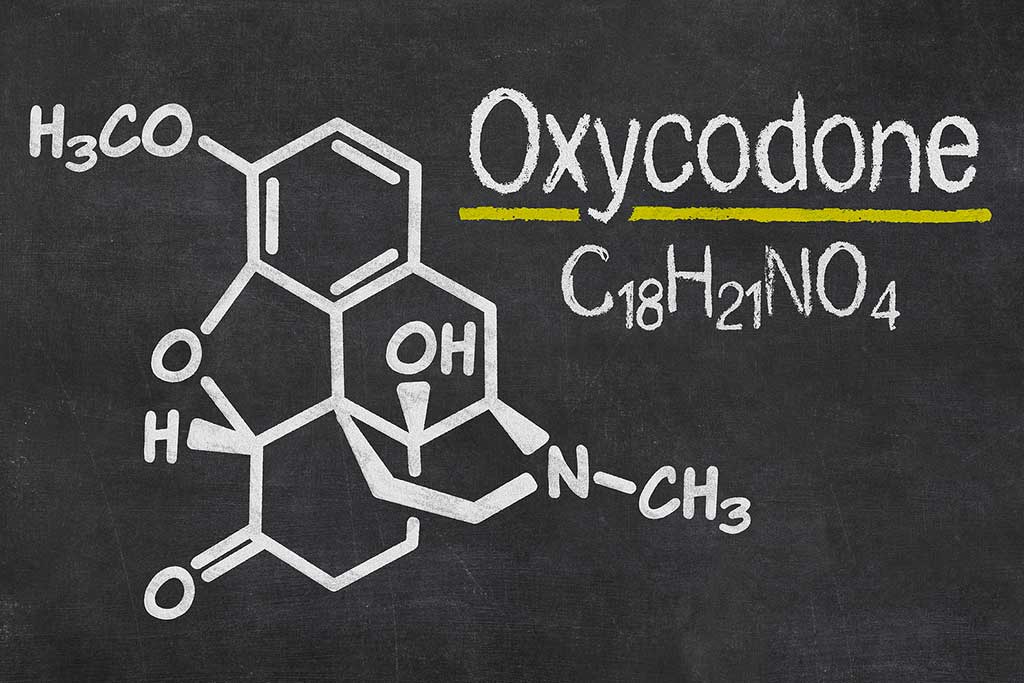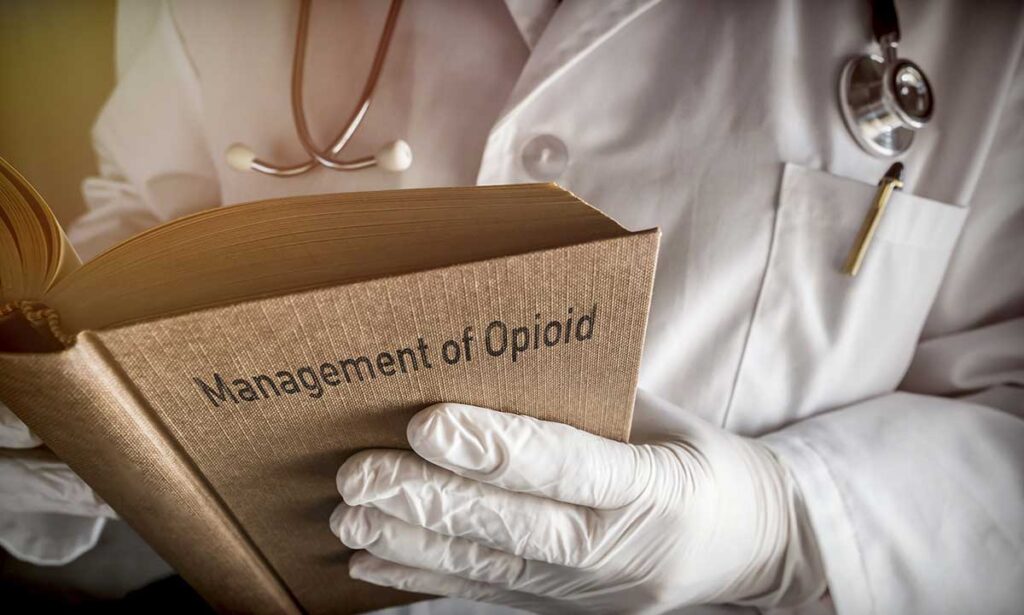
Oxycodone is a powerful opioid painkiller found in OxyContin and Percocet.
Introduction to Oxycodone Rapid Detox
Oxycodone rapid detox stands as one of the most medically advanced and patient-focused approaches for those seeking freedom from oxycodone dependence. This science-based, highly structured procedure leverages modern hospital protocols, expert medical supervision, and advanced pharmacology to deliver a swift, safe, and comfortable detox experience for individuals who have not succeeded with traditional withdrawal methods or who need an accelerated return to daily life.
What is Oxycodone Rapid Detox?
Oxycodone rapid detox is a hospital-based intervention designed to quickly clear oxycodone and its metabolites from the body. The process is carried out under general anesthesia or deep sedation in a fully equipped ICU or critical care unit. This setting ensures meticulous medical monitoring and management of withdrawal symptoms, optimizing safety and minimizing discomfort.
Science-Based Pharmacology & Drug Information for Oxycodone (2025)
-
Classification: Semisynthetic opioid agonist, acting primarily on mu opioid receptors, with additional action at kappa and delta receptors.
-
Indications: Acute and chronic moderate-to-severe pain. Extended-release approved for chronic pain; combination products (Percocet: acetaminophen, Roxicet; Oxycodan: aspirin) remain widely prescribed.
-
Formulations in 2025: Immediate-release (Roxicodone, Oxynorm), extended-release (OxyContin, Xtampza ER), and abuse-deterrent (RoxyBond). Most are available nationally, though temporary shortages may occur.
-
Metabolism: Primarily hepatic (CYP3A4 and CYP2D6), forming active metabolites oxymorphone and noroxycodone. Elimination mainly renal; half-lives range 3–3.5hr (IR) and 4.5–5hr (ER).
-
DEA Schedule: II (indicating high abuse risk and controlled prescription).
Why Choose Science-Based Oxycodone Rapid Detox?
Clinical Advantages of Rapid Detox vs. Traditional Methods
| Metric | Oxycodone Rapid Detox | Traditional Oxycodone Detox |
|---|---|---|
| Completion Rate | 94–99% (hospital-based, science-driven monitoring) | 25–45% |
| Total Duration | 3–7 days (includes ICU recovery period) | 7–21+ days (acute withdrawal phase) |
| Medical Supervision | 24/7 ICU team: anesthesiologist, critical care, nurses, addiction MDs | Primarily outpatient or basic inpatient |
| Patient Comfort | Patients sedated during withdrawal (no conscious suffering) | Full withdrawal symptoms, often severe |
| Risk of Medical Complication | Very low with screening and ICU protocols | Moderate; limited resources can increase risk |
| Relapse-Prevention Integration | Immediate transition to anti-craving therapy, e.g., naltrexone | Variable, sometimes delayed or absent |
Step-by-Step Science-Based Oxycodone Rapid Detox Process (2025)
1. Pre-Detox Medical Assessment
-
Full clinical evaluation: cardiac, respiratory, lab screening
-
Risk stratification: ASA scoring, psychosocial assessment
-
Custom anesthesiology consult to ensure patient safety
2. Medical Stabilization Protocols
-
Correction of vital signs imbalances (BP, heart rate, oxygenation)
-
Electrolyte and hydration optimization
-
Stabilization of coexisting conditions (e.g., diabetes, hypertension)
-
Pre-procedure briefing and informed consent
3. Sedated Rapid Detoxification
-
Patients placed under general anesthesia or deep sedation
-
Continuous ICU-level monitoring: cardiac (EKG), respiratory (pulse oximetry), neurologic (BIS), temperature, and fluids
-
Controlled administration of opioid antagonists (naloxone or naltrexone) to quickly displace oxycodone from opioid receptors
-
Symptom control with non-opioid medications (antiemetics, beta-blockers, muscle relaxants)
-
Active management of any arising issues (e.g., unexpected cardiovascular response)
4. Intensive Recovery and Monitoring
-
Gradual emergence from anesthesia in the ICU
-
Symptom reassessment using standardized withdrawal scales
-
Aggressive management of lingering discomfort with non-opioid medications
-
Psychological support and patient/family counseling
-
24–48hr post-detox observation to monitor for complications
5. Seamless Transition to Relapse Prevention
-
Initiation of long-acting opioid antagonists (naltrexone pill or Vivitrol injection) to block cravings
-
Early introduction of cognitive behavioral therapy (CBT), counseling, and follow-up appointments
-
Discharge with individualized aftercare and 24/7 emergency contact information
Medical Benefits of Oxycodone Rapid Detox
Science-based rapid detox for oxycodone offers unique benefits:
-
Swift Physical Recovery: Shortens the most distressing detox symptoms from weeks to days.
-
Minimal Suffering: Sedation shields the patient from the psychological trauma often associated with “cold turkey” withdrawal.
-
Robust Safety Profile: ICU-level supervision ensures prompt intervention for any medical emergency.
-
Higher Engagement in Long-Term Treatment: Patients emerge motivated and physically prepared to engage with counseling, support groups, and relapse-prevention pharmacotherapy.
-
Reduced Stigma and Time Away from Responsibilities: Patients can safely detoxify and return to work or family life much faster than with traditional methods.
Advanced Drug-Specific Considerations for 2025
Recent pharmaceutical trends directly benefit patients seeking oxycodone rapid detox:
-
Abuse-Deterrent Formulations: Modern emergency protocols are now tailored for newer products like RoxyBond and Xtampza ER, which may have altered absorption and clearance profiles.
-
Counterfeit/Adulterated Risk Avoidance: Hospital-based detox eliminates exposure to contaminated street oxycodone, which now frequently contains fentanyl or unknown substances.
-
Precision Monitoring: Genetic subtyping (CYP2D6/CYP3A4 testing) customizes detox for patients with atypical oxycodone metabolism or drug interactions.
-
Updated National Protocols: Medical centers increasingly use standardized science-based protocols, enhancing safety and reproducibility of results for rapid detox.
Ideal Candidates for Oxycodone Rapid Detox
-
Failed Traditional Detox: Patients who could not complete previous outpatient or gradual withdrawal attempts
-
Urgent Occupational or Family Need: Individuals who need a fast, safe return to normal function
-
Strong Support System: Those with committed aftercare and social support networks
-
Medical Eligibility: Absence of severe cardiac, respiratory, or uncontrolled psychiatric illness (thorough pre-screening is essential)
-
High Motivation to Succeed: Strong desire for a drug-free life and commitment to long-term aftercare
Patient Safety and Professional Accreditation
-
Hospital Privileges Required: Only board-certified anesthesiology and addiction medicine physicians with ICU privileges should perform rapid detox.
-
Facilities: Accredited hospitals with 24/7 access to ICU, operating rooms, lab services, and full pharmacy support.
-
Continuous Training: Providers maintain ongoing education in science-based addiction medicine, anesthesiology, and critical care protocols.
-
Outcome Tracking: Leading centers now transparently report procedure outcomes, long-term recovery data, and safety records.
Science-Based Alternatives and Guidelines
While oxycodone rapid detox is powerful for select patients, global clinical guidelines continue to recommend:
-
Medication-Assisted Treatment (MAT): Buprenorphine or methadone, with gradual tapering, as first-line management for most oxycodone dependence.
-
Supportive Care: Clonidine, lofexidine, and psychological support can help reduce symptoms for patients not eligible for rapid detox.
-
Long-Term Outpatient Programs: Integration of therapy, peer support (NA, AA), MAT if appropriate, and educational resources increase sustained recovery rates.
Informed Decision-Making for Patients and Families
What to ask providers before undergoing oxycodone rapid detox:
-
Is the program hospital-based with full ICU and anesthesia support?
-
What is the center’s science-based protocol for oxycodone rapid detox?
-
How are prescription or synthetic opioid variants handled?
-
What follow-up care, counseling, and relapse prevention are provided?
-
How is patient selection and medical safety assured?
Current Debates & Future Directions
-
While not universally considered a first-line treatment, the science-based approach to oxycodone rapid detox is gaining increased acceptance in comprehensive addiction centers because of improvements in monitoring, safety, and patient comfort.
-
Ongoing clinical research will further clarify long-term outcomes, optimal patient selection, and ways to integrate rapid detox into broader, multi-modal addiction recovery plans.
Summary and Key Takeaways
-
Oxycodone rapid detox delivers one of the most effective, medically advanced solutions for rapid, safe, and comfortable withdrawal from oxycodone and related opioids in 2025—especially well-suited for specific patient populations who cannot tolerate or succeed with standard withdrawal.
-
The science, technology, and critical care behind rapid detox have evolved—making it a viable, evidence-informed option for those seeking a fast track to recovery.
-
Patients considering rapid detox should work only with fully credentialed, hospital-based programs—and always pair the intervention with robust aftercare and follow-up for best, lasting results.
If you are considering oxycodone rapid detox for yourself or a loved one, consult with a qualified addiction medicine team that specializes in science-based, patient-first treatment. With the right preparation, environment, and ongoing care, rapid detox can be a life-changing step toward freedom from oxycodone dependence.
Sources:
Here are authoritative sources and working links you can consult for more information, clinical data, and guidelines related to oxycodone rapid detox, science-based detox protocols, and medically supervised oxycodone withdrawal.
1. Medical and Clinical Policy Overviews
-
Aetna Clinical Policy on Ultra Rapid Detoxification (UROD)
-
Provides a summary of rapid and ultra-rapid opioid detoxification procedures, clinical findings, and noted limitations in scientific evidence. Reviews protocols involving opioid antagonists under general anesthesia in ICU settings, and discusses safety/efficacy data.
-
2. Science-Based Detox, Risks, and Alternatives
-
SAMHSA Quick Start Guide: Buprenorphine for Opioid Use Disorder
-
U.S. federal guidelines for opioid use disorder management, emphasizing medication-assisted treatment as the safest/most effective science-based approach for the majority.
-
3. Latest Research & Reviews
-
JAMA Network Open: Rapid Initiation of XR-Naltrexone for Opioid Use Disorder
-
Evaluates safety and effectiveness of rapid opioid antagonist initiation (including naltrexone/Vivitrol), relevant to post-detox relapse prevention.
-
-
National Center for Biotechnology Information: Physical Detoxification Services for Withdrawal from Specific Substances
-
Detailed review of medical management for opioid withdrawal, best-practice protocols, and inpatient vs. outpatient treatments.
-
4. Additional Educational and Support Resources
-
SAMHSA National Helpline (United States)
-
Confidential helpline for referrals, support, and up-to-date information on opioid detox and addiction treatment in the U.S.
-
5. Specialized Clinics and Methodologies
-
Rapid Detox—Waismann Method (Private Center)
-
One of the most established rapid detox programs; offers background, process description, patient resources, and their take on science-based rapid opioid detox.
-
These sources provide up-to-date, science-based information on oxycodone rapid detox, including medical protocols, risk profiles, alternatives, and patient guidance with verified working links for further reading.








